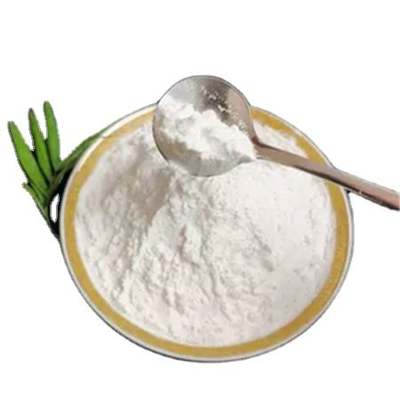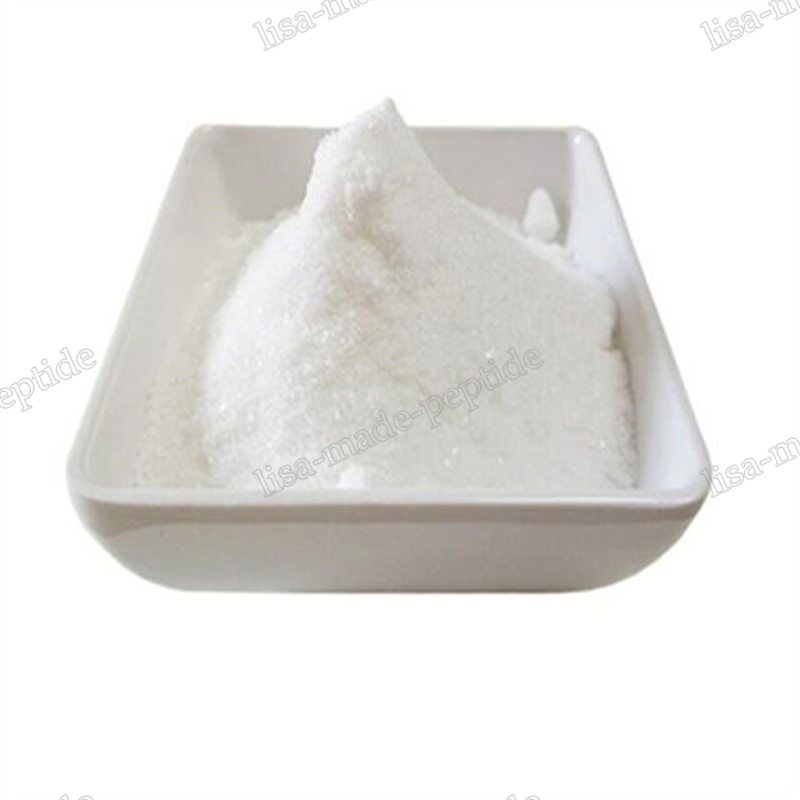-
Categories
-
Pharmaceutical Intermediates
-
Active Pharmaceutical Ingredients
-
Food Additives
- Industrial Coatings
- Agrochemicals
- Dyes and Pigments
- Surfactant
- Flavors and Fragrances
- Chemical Reagents
- Catalyst and Auxiliary
- Natural Products
- Inorganic Chemistry
-
Organic Chemistry
-
Biochemical Engineering
- Analytical Chemistry
-
Cosmetic Ingredient
- Water Treatment Chemical
-
Pharmaceutical Intermediates
Promotion
ECHEMI Mall
Wholesale
Weekly Price
Exhibition
News
-
Trade Service
Chemical machinery and equipment network industry dynamics chemical machinery and equipment
The battery is the "heart" of an electric vehicle, and the cathode material is the key to determining the performance, safety and cost of the battery
.
Therefore, the development of high-performance cathode materials is the key to solving many problems in electric vehicles
.
The lithium-rich manganese-based oxide cathode material Li[LixTM1-x]O2 (TM = Ni and Mn) has a theoretical capacity of more than 300mAh/g and an energy density of 1000Wh/kg, and does not contain expensive and rare Co elements, it is considered that It is the most potential cathode material for next-generation lithium-ion batteries
.
However, it has disadvantages such as irreversible precipitation of lattice oxygen, voltage decay, and poor cycling stability, which limit its practical application
.
To this end, Liu Xiangfeng's team proposed a new strategy to improve the reversibility of lattice oxygen redox of lithium-rich manganese-based oxide cathode materials through Coulomb repulsion interaction, and used neutron diffraction, synchrotron radiation absorption spectroscopy, resonant inelastic X-ray scattering, spherical Differential electron microscopy, theoretical calculations, etc.
found that the oxygen vacancy-containing lithium-rich manganese-based oxide (Li1.
2Mn0.
6Ni0.
2O2) material, the redox reversibility of lattice oxygen and transition metal ion migration and d–d Coulomb interaction U regulation is closely related
.
It is found that the introduction of oxygen vacancies can effectively regulate the Coulomb repulsion in Li-rich manganese-based layered oxides, realize the reversible distortion of TMO6 octahedra, and effectively inhibit the migration and dissolution of transition metal ions, resulting in a significant improvement in electrochemical performance
.
This study provides new insights and ideas for regulating anionic redox reactions in oxide cathode materials, and has guiding significance for the structural design and performance regulation of high specific energy layered oxide cathode materials
.
The results were recently published in "Nature Communications" (Nature Communications 2022, 13, 1123)
.
.
Therefore, the development of high-performance cathode materials is the key to solving many problems in electric vehicles
.
The lithium-rich manganese-based oxide cathode material Li[LixTM1-x]O2 (TM = Ni and Mn) has a theoretical capacity of more than 300mAh/g and an energy density of 1000Wh/kg, and does not contain expensive and rare Co elements, it is considered that It is the most potential cathode material for next-generation lithium-ion batteries
.
However, it has disadvantages such as irreversible precipitation of lattice oxygen, voltage decay, and poor cycling stability, which limit its practical application
.
To this end, Liu Xiangfeng's team proposed a new strategy to improve the reversibility of lattice oxygen redox of lithium-rich manganese-based oxide cathode materials through Coulomb repulsion interaction, and used neutron diffraction, synchrotron radiation absorption spectroscopy, resonant inelastic X-ray scattering, spherical Differential electron microscopy, theoretical calculations, etc.
found that the oxygen vacancy-containing lithium-rich manganese-based oxide (Li1.
2Mn0.
6Ni0.
2O2) material, the redox reversibility of lattice oxygen and transition metal ion migration and d–d Coulomb interaction U regulation is closely related
.
It is found that the introduction of oxygen vacancies can effectively regulate the Coulomb repulsion in Li-rich manganese-based layered oxides, realize the reversible distortion of TMO6 octahedra, and effectively inhibit the migration and dissolution of transition metal ions, resulting in a significant improvement in electrochemical performance
.
This study provides new insights and ideas for regulating anionic redox reactions in oxide cathode materials, and has guiding significance for the structural design and performance regulation of high specific energy layered oxide cathode materials
.
The results were recently published in "Nature Communications" (Nature Communications 2022, 13, 1123)
.
In addition, sodium-ion batteries have application potential in the field of large-scale energy storage due to the advantages of abundant sodium resources and low cost
.
Similar to Li-ion batteries, the lack of high-performance cathode materials severely restricts the development and application of Na-ion batteries
.
P2-type layered oxides have become important cathode materials for Na-ion batteries due to their high specific capacity and easy preparation
.
However, the oxygen-anion redox reaction is very complex, the underlying reaction mechanism is still unclear, and there is a lack of effective strategies for regulating the anion redox reaction
.
Liu Xiangfeng's team realized the reversible anion redox of sodium-electric cathode through the regulation of molecular oxygen and non-bonded oxygen, and used neutron diffraction, resonance inelastic X-ray scattering, soft X-ray absorption spectroscopy, Raman spectroscopy and differential electrochemical mass spectrometry, theoretical calculation The redox process of anions in cathode materials has been studied in depth
.
The study found that the oxidation reaction of oxygen ions during the charging process can form two oxidation products, peroxy/superoxide ions (O2n-) and oxygen molecules (O2), revealing the modification strategy for the regulation of the two oxygen redox modes.
mechanism
.
This work has important guiding significance for understanding the anionic redox process in layered oxide cathode materials and how to effectively regulate the anionic redox reaction to obtain high-performance cathode materials
.
The results were recently published in German Applied Chemistry (DOI: 10.
1002/anie.
202115552)
.
.
Similar to Li-ion batteries, the lack of high-performance cathode materials severely restricts the development and application of Na-ion batteries
.
P2-type layered oxides have become important cathode materials for Na-ion batteries due to their high specific capacity and easy preparation
.
However, the oxygen-anion redox reaction is very complex, the underlying reaction mechanism is still unclear, and there is a lack of effective strategies for regulating the anion redox reaction
.
Liu Xiangfeng's team realized the reversible anion redox of sodium-electric cathode through the regulation of molecular oxygen and non-bonded oxygen, and used neutron diffraction, resonance inelastic X-ray scattering, soft X-ray absorption spectroscopy, Raman spectroscopy and differential electrochemical mass spectrometry, theoretical calculation The redox process of anions in cathode materials has been studied in depth
.
The study found that the oxidation reaction of oxygen ions during the charging process can form two oxidation products, peroxy/superoxide ions (O2n-) and oxygen molecules (O2), revealing the modification strategy for the regulation of the two oxygen redox modes.
mechanism
.
This work has important guiding significance for understanding the anionic redox process in layered oxide cathode materials and how to effectively regulate the anionic redox reaction to obtain high-performance cathode materials
.
The results were recently published in German Applied Chemistry (DOI: 10.
1002/anie.
202115552)
.
The above work has been assisted by collaborators such as Oak Ridge National Laboratory and Shanghai Synchrotron Radiation Light Source, as well as the support of the National Natural Science Foundation of China, the Major Instrument Development Project of the Chinese Academy of Sciences, the Strategic Pilot Science and Technology Project of the Chinese Academy of Sciences, and the capital construction funds of central universities
.
.
Original title: Liu Xiangfeng's team from the School of Materials has made new progress in key materials for power and energy storage secondary batteries







